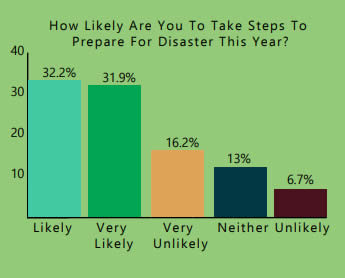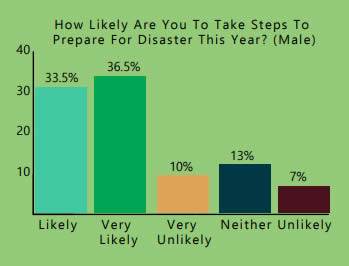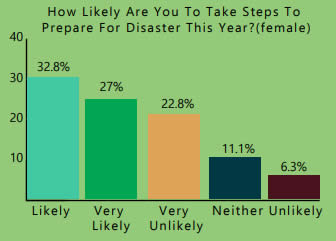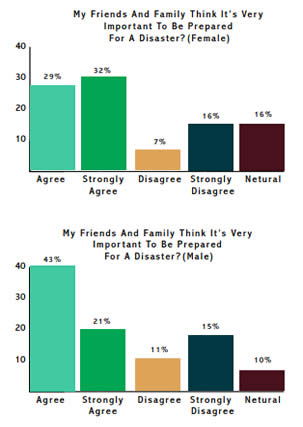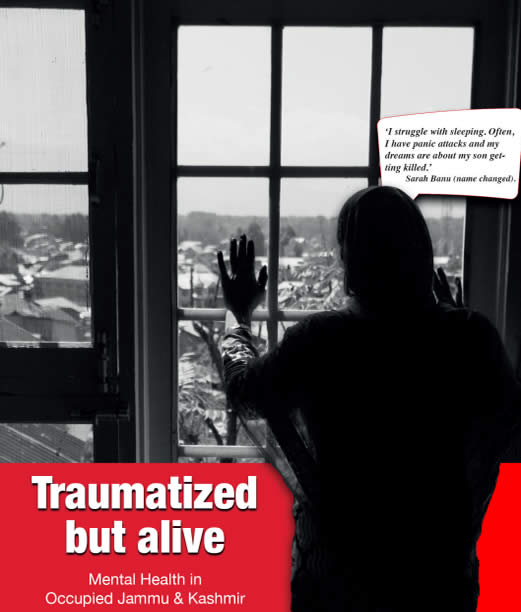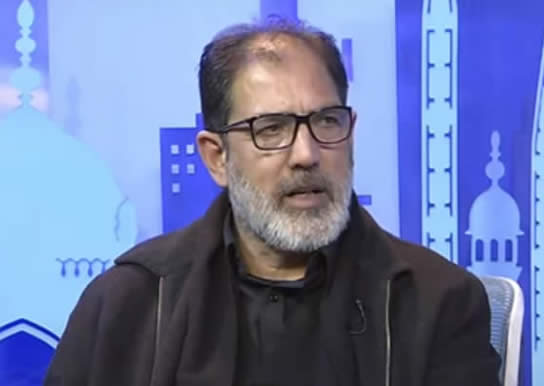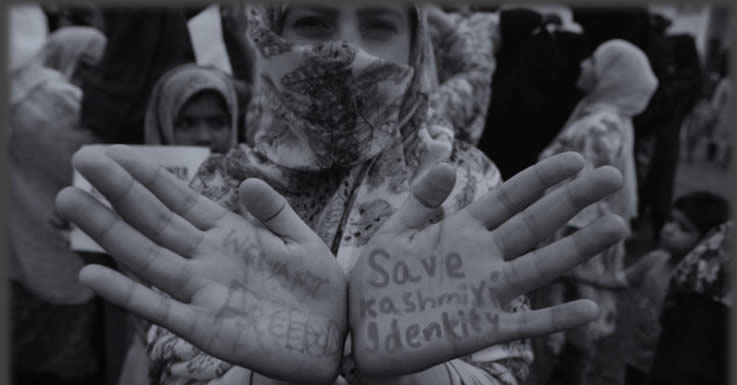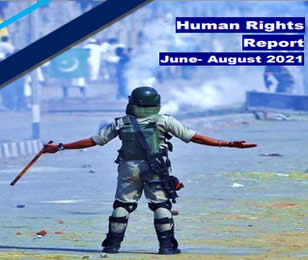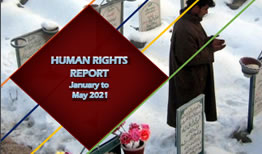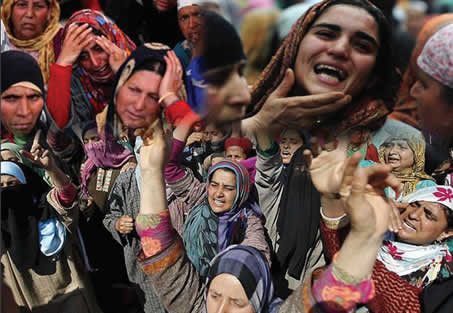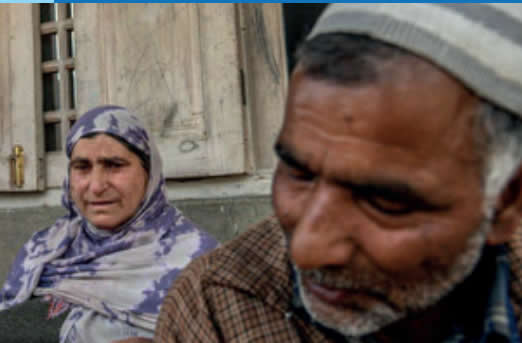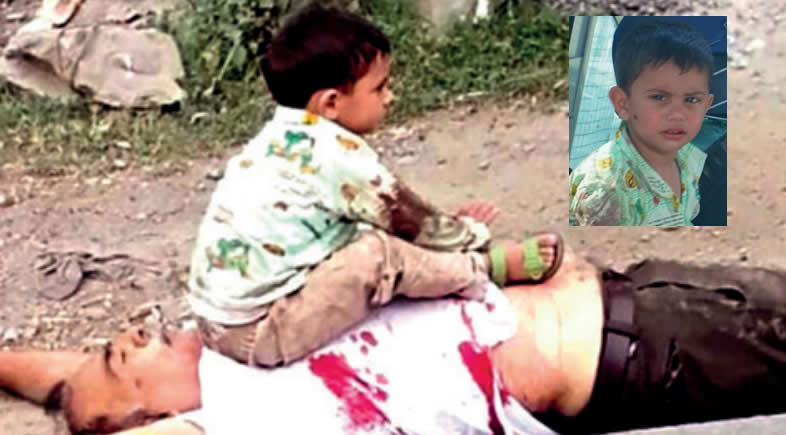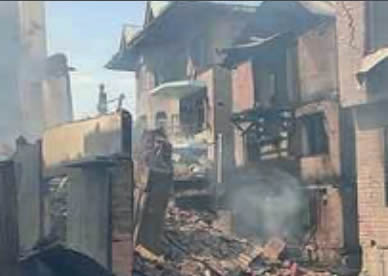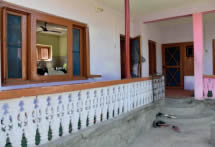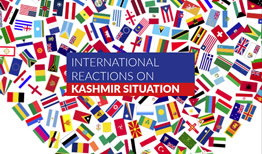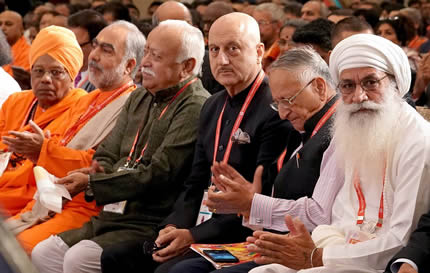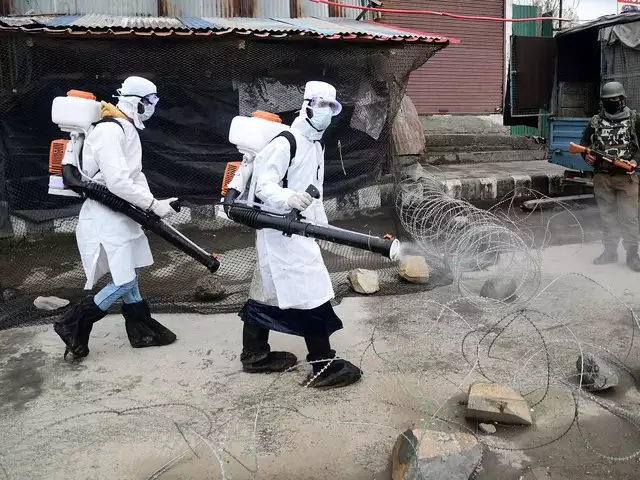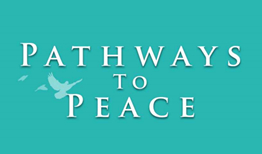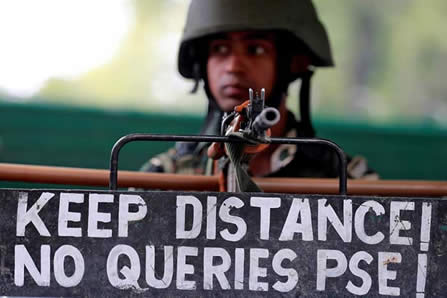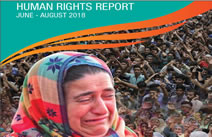DISASTER PREPAREDNESS IN AJK- A STUDY ON THE LEVEL OF DISASTER MANAGEMENT IN THE REGION
INTRODUCTION & OBJECTIVES Kashmir Institute of International Relations (KIIR) conducted research with the aim of understanding the state of disaster management across Azad Jammu Kashmir (AJK). The primary objectives of this study include:
In addition, the research aims to understand the challenges emerging because of the climate change and erosion in the natural environment in AJK. Furthermore, it intends to link risk emerging from the long term Kashmir conflict between India and Pakistan. The study also examined the efforts of key public institutions including the State Disaster Management Authority (SDMA) and the District Disaster Management Authority (DDMA)deployed in each district. | METHODOLOGY Throughout February & March, 2022 a total of 400 survey forms were filled and collated across each of the ten districts in AJK. These districts are: 1.Bagh 2.Bhimber 3.Haveli 4.JhelumValley 5.Kotli 6.Mirpur 7.Muzaffarabad 8.Neelum 9.Poonch 10.Sudhnuti. For more remote locations, our local teams will have forms completed on paper and translate the data into the online form. Feedback was collected through random sampling and citizens from each district in AJK were surveyed. There was a conscious effort to ensure equal participation across genders and to include representation of each district to provide a holistic view to the report. |
|
RESPONDENT DEMOGRAPHICS
A majority of the respondents are between the ages of 19 – 29 (66.1%) followed by 30 – 39 (22.9%), 18 orbelow (5.8%), 40 – 49 (4.5%) while the smallest group is aged 50 or above (0.7%).
Responses were taken from each district in AJK to ensure a wider view and diverse input are taken into consideration. There were slightly more men respondents when compared to women, however, KIIR was able to ensure an equal representation. Male 52% Female 49% | There were slightly more men respondents when compared to women, however, KIIR was able to ensure an equal representation. Male 52% Female 49% Gender 10 20 30 40 50 Master,Mphil PHD Bachelor FA/Fsc Matriculation Primary Middle Education 42% 41.5% 11.8% 2.8% 1.6% 0.3% 83.5% of respondents possess a bachelor’s degree or above while the remaining 16.5% have completed 12 years or education or below.
83.5% of respondents possess a bachelor’s degree or above while the remaining 16.5% have completed 12 years or education or below. SUMMARY OF KEY FINDINGS |
Impact of Natural Disasters Which Natural Disaster Do You Think Has Occured More Frequently In The Last Five Years?
The pandemic (55%) and earthquakes (31%) have been identified by a majority of respondents as the major disasters they’ve faced in recent years. This is followed by cloudburst, flood, and fire at 5%, 4% and 3%. Given that the pandemic has been a major issue in recent years, it is expected to be rated at the top. Additionally, these results confirm how the major consequences of earthquakes, particularly of the 2005 one, have deeply impacted the region. Why Is The Pandemic The Most Damaging Disaster For Ajk?
| The pandemic has been rated the most damaging disaster for AJK in recent years due to its lasting impact particularly economically. The lockdown and its resulting consequences created significant economic strain and burden for local residents. Additionally, the loss of life to COVID-19 (31%) has also been a major reason for its rating as the most damaging disaster.
Respondents felt that the pandemic was the natural disaster occurring the most frequently in recent years at 51% mostly due to the new waves which caused additional lockdowns. 31% of respondents felt that earthquakes have also increased in frequency. |
Overall, 61% of respondents have identified earthquakes as the major risk in terms of natural disasters for AJK and one that takes precedence over others. Interestingly, another pandemic is ranked 2nd at 23% before any other natural disaster, reinforcing how much of an impact COVID-19 has had.
| More than one thirds of respondents (37%) have witnessed loss of life due to a disaster followed by damage to occur property or infrastructure (10%). 44% of respondents stated that they have seen all of the impacts listeafter a disaster which includes, reduced access to healthcare, education services, physical injuries, loss of livelihood and a noticeable increase in local security/safety. Given the relatively fresh impact of the COVID-19 pandemic, its appearance at the top is unsurprising. Additionally, variants of the virus resulted in multiple waves which increased lockdowns and their consequences including loss of life and economic contraction. Interestingly, earthquakes are still considered the major risk in the region. This stems from the high risk location, enormous impact of the 2005 earthquake, lack of adherence to building requirements and rapid urbanization even in risky locations, and a lack of mitigation measures. Knowledge on Disaster Management Based on the answers selected, it appears that majority of respondents are aware of what they should do in case there is an earthquake, snowstorm or flood including taking shelter under a desk, table or solid structure during earthquakes, wearing protective clothes and staying indoors in snowstorms and finding higher groups while ensuring they follow public safety instructions snowstorms and finding higher groups while ensuring they follow public safety instructions. |
Poonch has the lowest scores in preparedness with 36% while Muzaffarabad and Jhelum Valley showed the highest with 69% and 72% respectively. There are several contributing factors which contribute to the lower preparedness score in Poonch. This includes their geographic location which is situated right on the LoC and |
Barriers To Effective Disaster Management How Much, If Any, Do You Know About Preparing For Disaster?
|
possess a fair amount of knowledge while roughly 19% have a lot of knowledge on preparing for disasters. There is also a notable difference between male (82.7%) female respondents at (69.1%) on their knowledge of disaster preparation. This gap can be attributed to access to female audiences particularly in more conservative districts in AJK where women are not regularly engaged in training/ awareness sessions. Additionally, there is a shortfall of disaster management and awareness campaigns in AJK over the past decade due to a decline in external funding and closure of a majority of NGOs/ development organizations who imparted these programs.
| Mirpur has the highest score in preparedness at an aggregate of 92.5% with some knowledge while Jhelum Valley has scored the lowest 39.8%.
|
Another interesting insights from this particular question is that respondents in the age group less than or equal to 18 had the highest percentage of respondents saying they don’t know how to prepare for a disaster. This potentially points to a gap in disaster management education at the school level for which a curriculum currently doesn’t exist
There is an equal split amongst respondents on their likelihood of being impacted by a disaster. As we move up in age groups the agreement to this question goes up meaning that the younger generation feels they are at a higher risk of a disaster while the older groups consider the risk low. Additionally, there is a varying trend across urban and rural locations with urban areas showing lower chances of impact and rural showing higher changes. This is likely due to the varying levels of accessibility to resources, emergency services and support. Do You Know How To Turn To Get Additional Information On Disaster Prepration? Yes 30.3% No 69.7 | More than two third of respondents are unaware of who will provide them with the necessary information needed to be better prepared. 26% of female respondents are aware of who to get additional information from while the same is true for 34% of male respondents. Furthermore, Jhelum Valley has the lowest score at 17% while Kotli had the highest at 45%. The remaining districts had similar responses with most leaning towards not having an idea on where to get additional information.
In terms of taking control of their safety through proper planning, 40% of respondents agree that taking action now will be beneficial while 35% disagree that their actions will have any impact. 25% are unsure whether taking steps now is important.
|
More than half of respondents feel that warning services put in place by the government are sufficient in case of an emergency.
More than 50% of respondents agree that help is available following a disaster from a variety of sources including the SDMA, social media, community organizers, friends, parents and their own homes.
| Following a disaster, most respondents would turn to social media to obtain help, followed by the state disaster management authority. The remaining respondents stated they would turn to their own community and family. Considering the limitations of the SDMA with regards to communication and information sharing, the results are not surprising. SDMA does not have a dedicated channel on television and the information sharing through radio is limited, hence social media has become a preferred alternative. Each district’s deputy commissioner leverages social media to provide updates on incidents which helps disseminate information quickly given that most of the population has a smartphone and mobile internet is relatively cheap. In addition, social media makes it possible to mobilize help within and across districts through communities, philanthropic organizations, NGOs and volunteers. Likelihood to Prepare Respondents have shown a strong intent to prepare for a disaster this year with over 65% likely or very likely. There is a 10% difference between female 59.8% and male respondents 70% in their likelihood to prepare for a disaster this year. This could be attributed to multiple factors including reach, conservative environment and more limited public interaction for females in AJK. |
The COVID-19 pandemic was a major driver of this change with over 65% of respondents stating it being the trigger for them to better prepare for disasters. Followed by news/media and public communications by public agencies. |
More than half of the respondents have taken at least one step to prepare for a disaster, particularly ensuring the availability of clean drinking water at home. Water Supply Stored At Home For Each Individual? Yes 51.3% No 48.7% Additionally, more than a third have prepared an emergency bag, planned out their evacuation route and method and checked on their supplies at least once a year. |
Have Emergency Supplies And An Emergency Bag At Home? Yes35.5% No 64.5% Have A Planned Evacuation Route And Method For Household ? Yes 39.9% No 60.1% Do You Check Your Emergency Supplies And Bag At Once A Year? Yes 34.6% No 65.4% Personal and Social Perspective towards Disaster Management
It Is Unlikely I Will Be Affected By The Impact Of Disaster? Respondents were asked about whether they feel they will be impacted by a disaster. A third of respondents (33%) shared that they are unsure if they will be affected by a disaster, while the remaining were split between feeling. | they will be impacted or will not be impacted by a disaster.
When broken gender-wise the responses followed the same trend with 32% male 33% female stating that they are unsure, however, district-wise Jhelum Valley felt the least likely at 71% and Haveli as the most likely at 58%. The responses show that respondents belonging to districts at a higher risk of disasters had a higher score on their likelihood of being impacted by disasters and vice-versa. |
More than half (63%) of the respondents are worried about what might happen to them or their families in case of a disaster.
Additionally, nearly the same amount of respondents (62%) shared that their family and friends believe in the value of preparing for a disaster. As a collectivist society, the opinion and support of friends and family will have an impact on households to take action. The more homes which take precautionary steps within a community, the more likely others will be influenced to do the same. |
There is no noticeable difference between female and male respondents with both genders having an equal sentiment towards their family and friends positive viewpoint towards disaster preparedness.
Jhelum Valley has the highest sentiment towards friends and family and the importance of disaster preparedness, likewise, Haveli has the lowest sentiment. |
A similar trend is seen here with more urban locations scoring higher and rural locations scoring lower in terms of their sentiment. There is an overall positive sentiment towards disaster preparedness both personally and socially. Disasters experienced in AJK and around the world have not lasted as long as the pandemic which has changed the perception on disaster preparedness and management. More and more individuals are aware that they can be impacted by disasters and the conversations around disaster preparedness have changed. Additionally, as a collectivist society, there is a higher tendency to be dependent on groups and communities which show that this change in perception will grow over time. | Disaster Response Do You Know Who Is Responsible For The Coordination Of The Response Efforts After Disaster Occur? YES 53.9% NO 46.1% 54% of respondents are aware of who is responsible for the coordination of response efforts after a disaster occurs. 46% of female respondents and 62% of male respondents stated that they are aware of who is responsible for coordination efforts. Sudhnuti district has the highest awareness with 88% of respondents responding that they are aware of who is responsible followed by Haveli at 79%. Jhelum Valley had the lowest awareness at 31%.
Gender-wise, female respondents showed a higher inclination towards civil society and community organizations as opposed to the government and state department. |
Respondents from Bhimber, Kotli, Poonch and Sudhnuti districts did not agree that individual household should lead coordination efforts, while the remaining districts showed some agreement to this sentiment. Kotli and Neelum show the lowest support towards the government at 57% and 54% respectively while the remaining districts have an aggregate score of 73%. These differences can be attributed to several factors including the nature of disasters faced, past experience and accessibility challenges. | Based on the responses, 69% of respondents believe that the government and state department should lead the response effort after a disaster. This is followed by civil society organizations and community organizations at 12% and 10% respectively. Are You Aware Of Community Led Efforts To Mobilize Response To Disaster? Yes 58% No 42% More than half of respondents (58%) are aware of community led efforts to help mobilize a response to disasters. In Case Of A Disaster,do You Know Where You Could Seek Assistance? Yes 54.4% No 45.4% 54% of respondents shared that they are aware of where they can seek assistance in case of a disaster. The responses demonstrate that half of the population is aware of who is supposed to lead disaster relief efforts, what efforts are being taken within their community and where they should seek relief. A lack of awareness along with effective communication could be attributed to this gap. |
Most districts understand that the responsibility of responding to and coordinating efforts after a disaster falls to the government and state departments. However, there is a noticeable portion of the population which is still unaware of this. That coupled with a lack of awareness of community led efforts and who to seek assistance from paints a relatively bleak picture. In case of a disaster, almost half of the population would not be able to seek out the right support solely because of a lack of awareness. This puts them at a significantly higher risk when compared to those districts where the general awareness is higher. All in all, this is an area that can easily be addressed and one which can positively contribute to mitigating the impact of disasters. Disaster Awareness And Training Have You Attended A Disaster Management Awareness/training Pogram? Yes 47.9% No 52.1% 52% of respondents have not attended a disaster management awareness and/or training program. Gender-wise, more male (56%) respondents have attended a program as compared to female (40%). With a relatively conser | vative environment as well as limited reach in remote areas, the difference between genders was expected. More efforts could be made through leveraging female trainers and campaign leads within communities to boost the reach to female audiences. Have You Attended A Disaster Management Awareness/training Pogram?(Female) No 39.7% Yes 60.3% Have You Attended A Disaster Management Awareness/training Pogram?(Male) No 56% Yes44% Muzaffarabad has the highest number of respondents (70%) who have attended a disaster management program while Jhelum Valley has the lowest number at 31%. Have You Attended A Disaster Management Awareness/training Pogram? (MZD) No 70.3% Yes 29.7% Have You Attended A Disaster Management Awareness/training Pogram? (Jehlum vally) No 31.4% Yes 68.6% |
The COVID-19 pandemic has been a major driver for more preparedness in the region and is the silver lining in an otherwise deeply difficult disaster faced around the world. 65% of respondents have shown the intent to prepare for disaster because of their experience with the pandemic. It shows that the experience has revitalized this need which had since dissipated following the major efforts after the 2005 earthquake. However, when measuring the current level of preparedness, only one third of the audience have taken any concrete steps. This includes having a water supply, preparing and discussing an evacuation route and having an emergency supply bag ready which is checked annually.
When examining the awareness of steps to take during the more commonly occurring natural disasters in AJK, on average, more than half of the respondents have demonstrated that they are aware of what actions to take. This number is smaller for female respondents as compared to male. Given the socio-economic environment in the region female audiences are harder to reach through training programs and awareness campaigns. Accordingly, interventions need a targeted approach for this audience to bridge the gap. This varies significantly across different districts with Poonch showing the lowest awareness while Jhelum Valley has showing the highest scores. This challenge is further compounded by the fact that more than | two thirds of respondents don’t know who to seek additional information from despite the fact that each district has its own District Disaster Management Authority(DDMA).
It’s also clear that there is not enough belief that proactive actions like having an escape route planned, creating an emergency pack which is checked annually and having clean water supply available can help mitigate the impact of disasters. With only 40% of respondents showing their agreement that proactive actions are beneficial. More visibility on how proactive actions can be beneficial can easily boost the belief in the population when coupled with strong awareness campaigns and trainings.
Only 55% of respondents agree that there are sufficient warning systems in place for early warnings. This score is lower when isolated across districts with Jhelum Valley having the highest disagreement at 55% followed by Neelum (40%) and Bhimber (34%). It is clear that adequate systems aren’t in place and need improvement to prevent losses.
|
seminating critical information faster during crises It’s clear that the public expectation that the SDMA must take lead during a disaster (69%) and most respondents would turn to the SDMA as well as social media to get help with 39% of respondents giving each option equal weightage. Additionally, where there are gaps, communities have stepped up to take more action and provide support , including providing water, food and other supplies, conducting and assisting with rescue efforts, communicating vital information across households and creating community evacuation plans. Given the challenges of geography, resources and infrastructure, it’s a positive step taken by communities to help bridge the gap. More than half of respondents are aware of the efforts led by communities to prepare for potentially dangerous situations. Better coordination between all of the stakeholders is imperative to establish a system of relief where local community organizations can serve as initial respondents and the SDMA coordinating with them for major relief and critical support.
With the growing frequency of natural disasters, the data highlights that more people are aware of the potential risk of a disaster to their lives. Furthermore, 63% of respondents are worried about the impact of disasters while almost the same amount agree that their family and friends believe in | the value of preparing for a disaster. The pandemic has reignited a fear in the impact of disasters as the more frequently cited example of a major disaster particularly given its scale of impact and multiple waves. Although the region has not faced an earthquake at the scale of the one in 2005, there is still a lingering fear and reminder of the risk in their minds. 61% of respondents still consider earthquakes as the biggest risk for AJK and one which needs to be better prepared for. The sheer impact and particularly the loss of life from earthquakes have deeply impacted the region. This sentiment is supported by a study conducted by the SDMA “Azad Jammu and Kashmir (AJ&K) is highly prone to both natural and man‐made disasters. Floods, droughts, landslides and earthquakes are a recurring phenomenon.”1 Their risk assessment matrix, developed in 2017, shows a varied range of high risk in the region. (Appendix A).
Less than half the respondents have attended a formal disaster management awareness/training program. However, approximately 55% have received some information on disaster preparation. These points demonstrate that there is still a significant gap which needs to be covered with regards to disaster preparation and |
RECOMMENDATIONS A list of the recommended action sidentified in the summary of this report are collated here for perusal:
Additionally, communication campaigns should target female audiences more to cover the gender gap
| programs should be launched with the aim of educating youth in schools on disaster awareness/management
|
Download Report Click here |
Related Reports
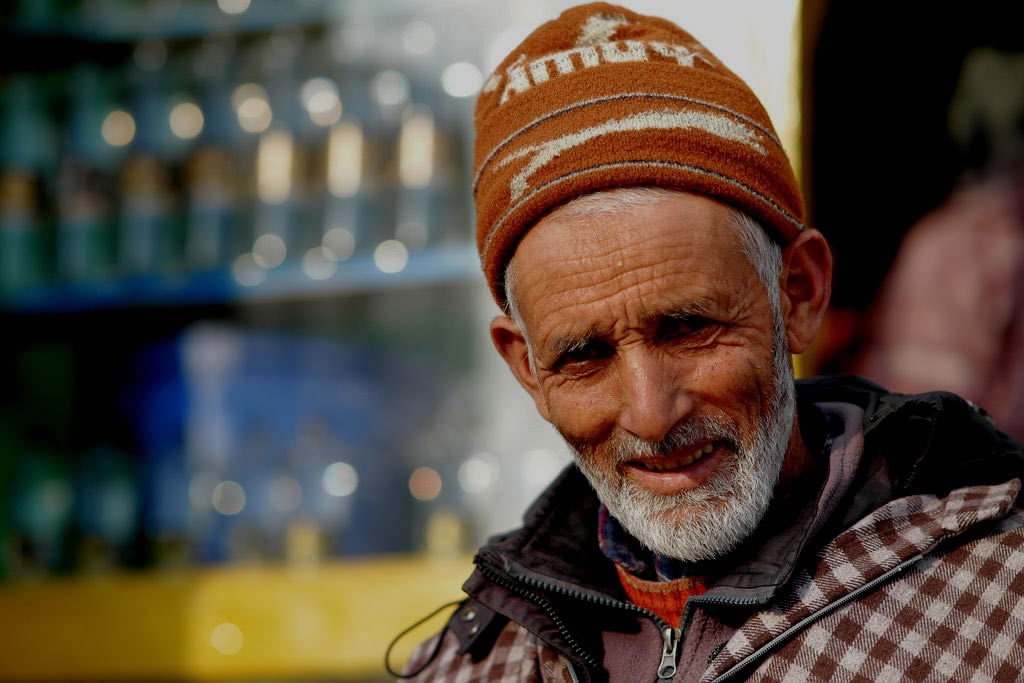


























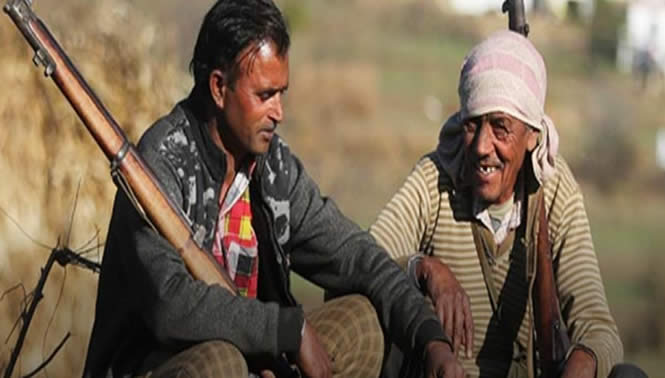

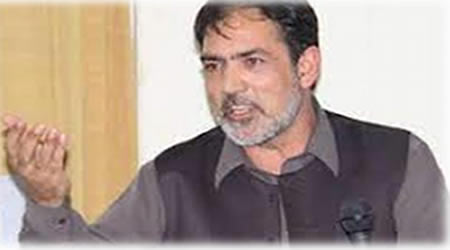
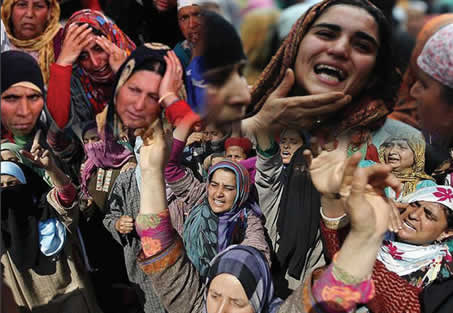
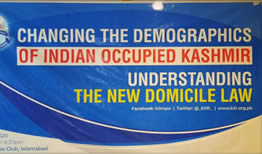
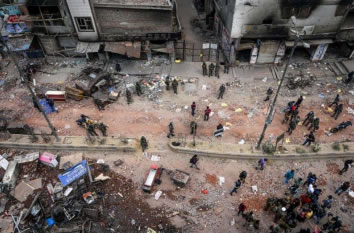
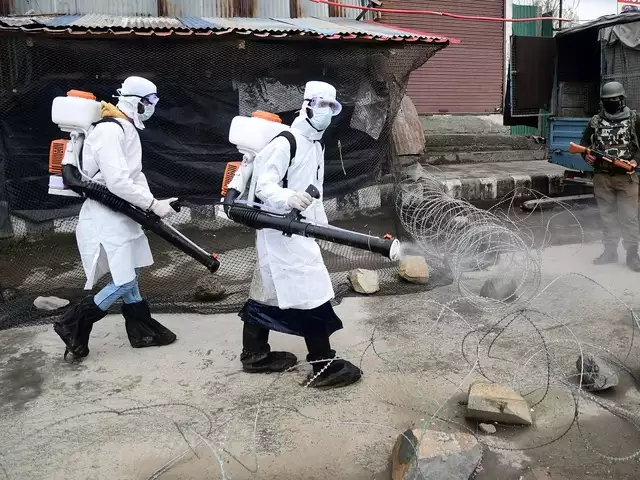
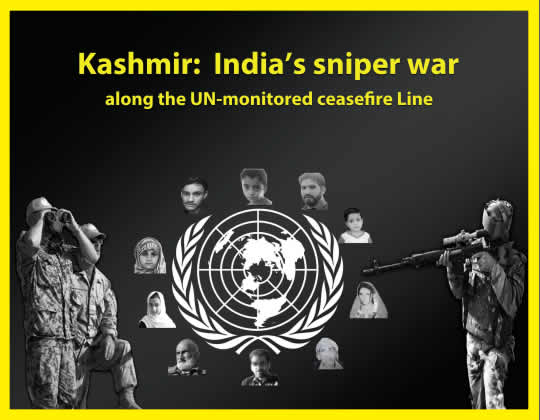

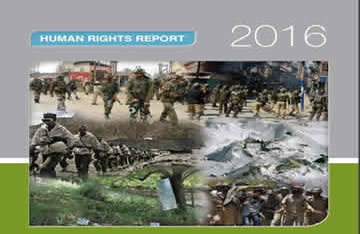
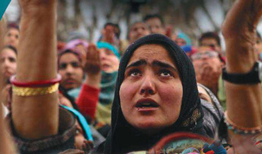











 one that is prone to a high number of landslides each year. Poonch also lacks a developed infrastructure like those in Muzaffarabad and Jhelum Valley which creates a significant accessibility challenge. Furthermore, the DDMA office located in Poonch is comparatively understaffed and due to the geographic distance, its response time is slower.
one that is prone to a high number of landslides each year. Poonch also lacks a developed infrastructure like those in Muzaffarabad and Jhelum Valley which creates a significant accessibility challenge. Furthermore, the DDMA office located in Poonch is comparatively understaffed and due to the geographic distance, its response time is slower.








